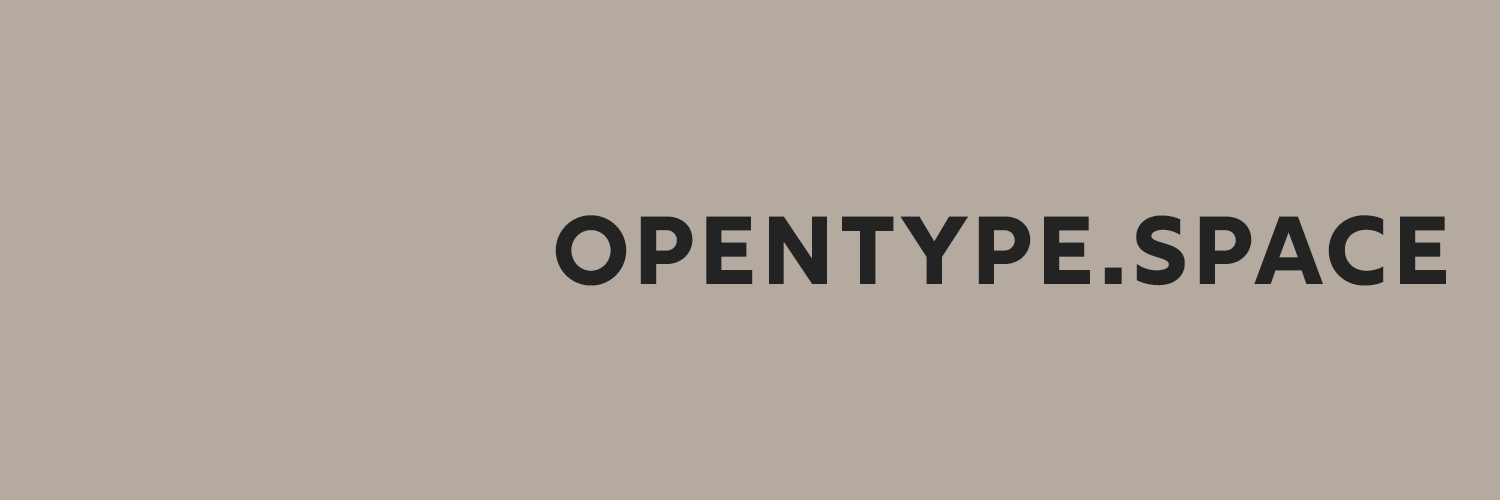I would rather see the existing Wiki functionality improved. I used MediaWiki(-like) software for years, but it remans niche software with a very weird approach (stuffing content and structure into one big article field) that editors first need to learn. The way that IPS does it, is actually superior for most communities. You aren’t collection any sort of content. You collect specific content around your community topic. So you just set up databases for each type of content. Then you set up custom fields and then users just fill them in. If it’s a date, you use a date picker. It’s an URL, you use an URL field. And so on. And you create templates to style the custom fields however you like it. Ever since I switched from MediaWiki-like software to IPS’ implementation, people actually started to create and improve records. And I stay in full control of how it works and looks. It’s extremely powerful in that regard. Just the options to track and approve edits are lacking in comparison to MediaWiki.
I once had a vBulletin site with a third-party solution to implement a MediaWiki functionality and it was so annoying to maintain. Two independent pieces of software with their own code, their own updates, their own CSS, all crammed into one. Yes, it can be done, but can it be done well? And would IPS or anyone want to maintain that for many years to come?


